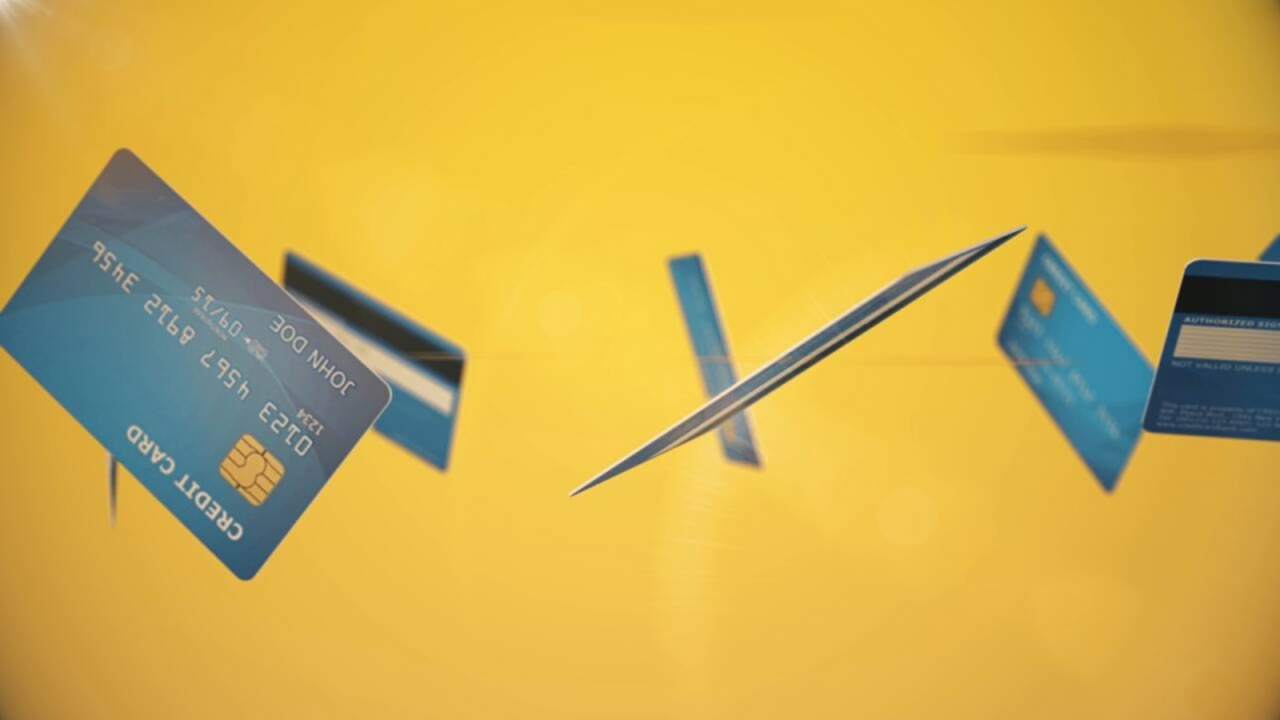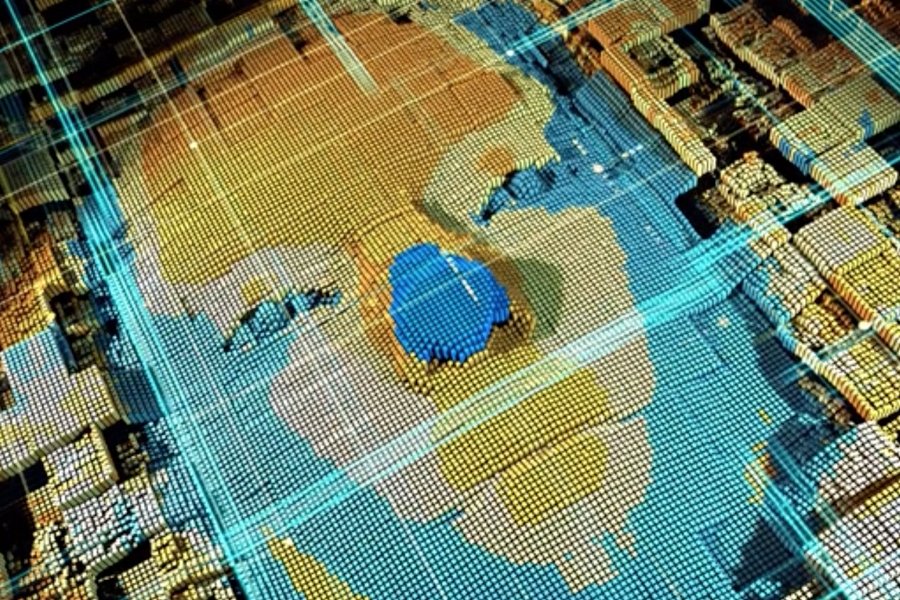On the face of it, all the data regarding payment cards seems to be moving in the right direction. The total number of debit and credit cards in circulation globally is set to reach 29.3 billion by 2023, up from 22.1 billion in 2018.1 In Europe, expenditure on such cards grew by one-third between 2014 and 2018, reaching €3.9 billion.2 As well as increased adoption, this growth was driven by the rise of contactless and online payments – trends that are expected to continue in light of coronavirus-related changes to consumer behavior and companies’ digital transformation strategies.
The activation rate – how many payment cards are activated as a percentage of the total number issued – is another key industry indicator that’s pointing towards growth in the market. In 2018, 67% of debit cards were activated – an increase of one percentage point from 2017.3 For all types of payment card, global technology company G+D estimates that 20% are not activated.
The net result of these statistics would suggest an increase in banks’ top-line growth: the more cards that are issued and activated, the bigger the increase in customer spending. However, the COVID-19 pandemic has shown that businesses cannot rest on their laurels. Global payments revenue will be roughly 7% lower in 2020, compared with 2019, according to McKinsey.4 While precise data varies by market, there appears to be significant headroom for banks to boost their payment revenues by increasing activation rates.



